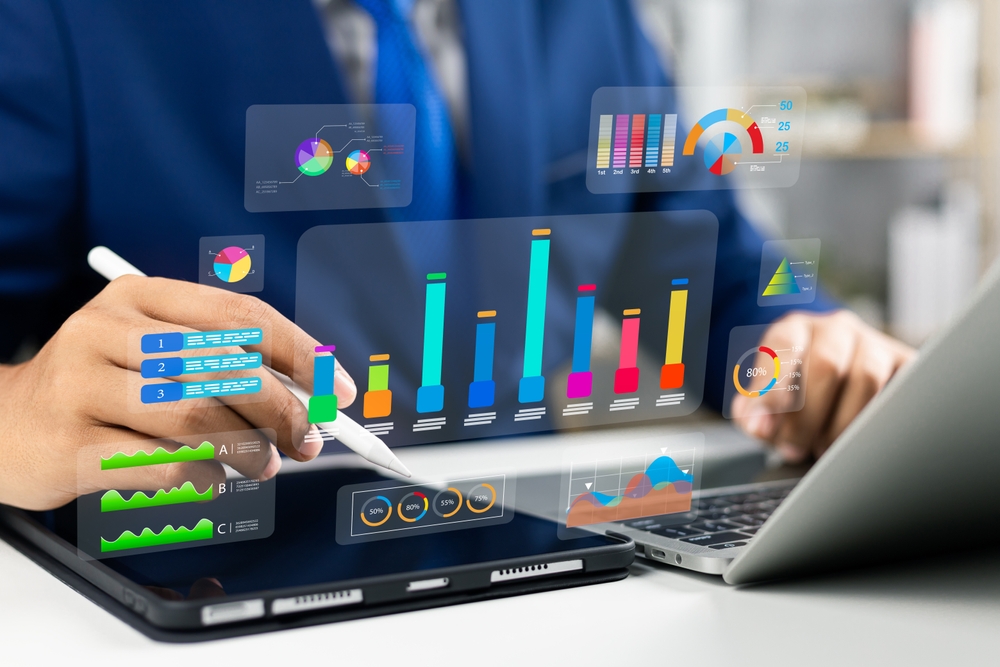The rapid advancements in information technology (IT) have profoundly impacted the way businesses operate. From enhancing productivity to safeguarding data, the latest innovations in IT provide essential tools that help businesses stay competitive and efficient. These technologies are not merely upgrades but fundamental shifts that offer new opportunities for growth and efficiency. By integrating these tools, companies can streamline operations, improve communication, and secure their digital assets.
This article delves into several key IT innovations that are indispensable for modern businesses, including remote support, collaboration tools, IoT integration, data analytics, cybersecurity, and blockchain technology. Each section highlights the importance of these tools and how they can be effectively utilised to drive business success.

Remote Support: Enhancing IT Efficiency and User Satisfaction
Remote support has become an integral part of IT infrastructure, providing immediate assistance and resolving issues without the need for on-site visits. Solutions like TSplus Remote Support offer businesses a reliable and efficient way to manage remote desktop control and screen sharing. This tool is particularly beneficial for IT teams tasked with supporting a distributed workforce or assisting clients in different locations.
TSplus Remote Support stands out as a robust alternative to more well-known solutions like TeamViewer, offering seamless attended or unattended remote assistance. This flexibility ensures that IT support can be provided promptly, reducing downtime and enhancing user satisfaction. By leveraging such remote support tools, businesses can significantly cut down on the time and resources spent on troubleshooting and problem resolution. Additionally, remote support tools help in maintaining high productivity levels, as issues can be resolved swiftly, ensuring minimal disruption to daily operations.
Collaboration Tools: Facilitating Seamless Teamwork in a Hybrid Work Environment
In today’s hybrid work environment, effective collaboration tools are vital for maintaining productivity and fostering teamwork. These tools bridge the gap between remote and in-office employees, ensuring that everyone remains connected and engaged. Solutions like Slack, Microsoft Teams, and Zoom have become indispensable for real-time communication, file sharing, and virtual meetings.
These platforms offer a range of features designed to enhance collaboration, such as instant messaging, video conferencing, and integration with other essential business applications. By utilising these tools, businesses can create a cohesive work environment where team members can collaborate seamlessly, regardless of their physical location. This not only improves communication but also helps in managing projects more efficiently, as team members can easily share updates and feedback.
Moreover, collaboration tools can significantly boost employee morale by fostering a sense of community and inclusion. When employees feel connected and supported, they are more likely to be engaged and productive.

IoT Integration: Connecting Devices for Enhanced Operational Insight
The Internet of Things (IoT) is revolutionising the way businesses operate by connecting devices and enabling real-time data collection and analysis. IoT integration allows companies to gain valuable insights into their operations, helping them make informed decisions and optimise processes. By embedding sensors and smart devices across various business functions, companies can monitor performance, predict maintenance needs, and streamline workflows.
For instance, in manufacturing, IoT can be used to track machinery performance and predict potential failures before they occur, reducing downtime and maintenance costs. In retail, IoT devices can monitor inventory levels in real-time, ensuring that stock levels are always optimal and reducing the risk of overstocking or stockouts. Additionally, IoT can enhance customer experiences by enabling personalised interactions and services based on data collected from smart devices.
IoT integration also supports sustainability efforts by providing data that can help businesses reduce energy consumption and waste. For example, smart building technologies can optimise energy usage by adjusting lighting and climate control based on occupancy and usage patterns.
Data Analytics: Leveraging Big Data for Strategic Advantage
Data analytics has become a cornerstone of modern business strategy, enabling companies to harness the power of big data to drive decision-making and gain a competitive edge. By analysing vast amounts of data from various sources, businesses can uncover patterns, trends, and insights that inform their strategies and operations.
Advanced data analytics tools allow companies to process and analyse data quickly and accurately. These tools can handle structured and unstructured data, providing a comprehensive view of business performance. With data analytics, businesses can identify opportunities for growth, optimise marketing efforts, and improve customer experiences by tailoring products and services to meet customer needs.
One of the key benefits of data analytics is its ability to support predictive analytics, which uses historical data to forecast future trends and behaviours. This capability is invaluable for planning and decision- making, helping businesses anticipate market changes and respond proactively. For example, retailers can use predictive analytics to forecast demand for specific products, allowing them to manage inventory more effectively and reduce costs.
Final Thoughts
Innovations such as remote support, collaboration tools, IoT integration, data analytics, cybersecurity, and blockchain technology provide essential capabilities that can significantly enhance business operations.
Remote support solutions like TSplus Remote Support ensure that businesses can maintain high levels of IT efficiency and user satisfaction by offering flexible and reliable remote assistance. Collaboration tools bridge the gap in hybrid work environments, fostering seamless teamwork and communication. IoT integration offers real-time insights that help in optimising operations and reducing costs, while data analytics turns vast amounts of data into actionable intelligence, driving strategic decisions and business growth.





